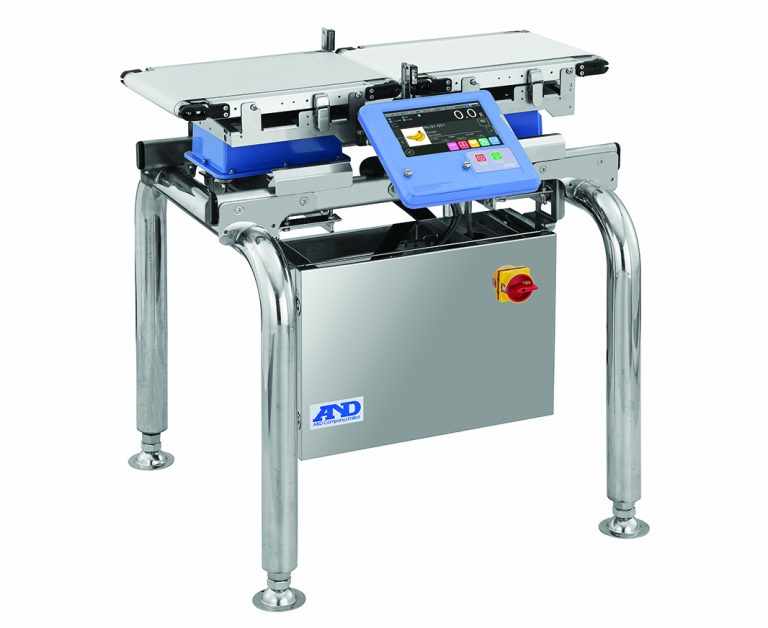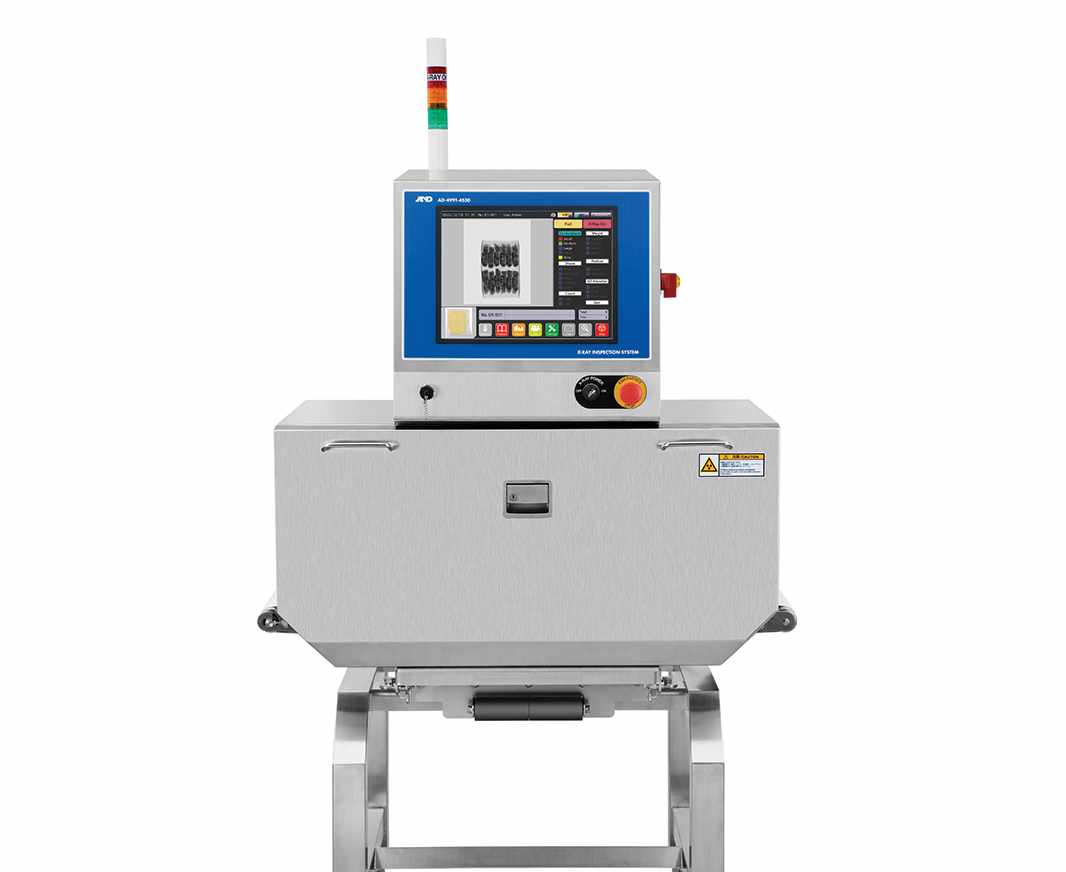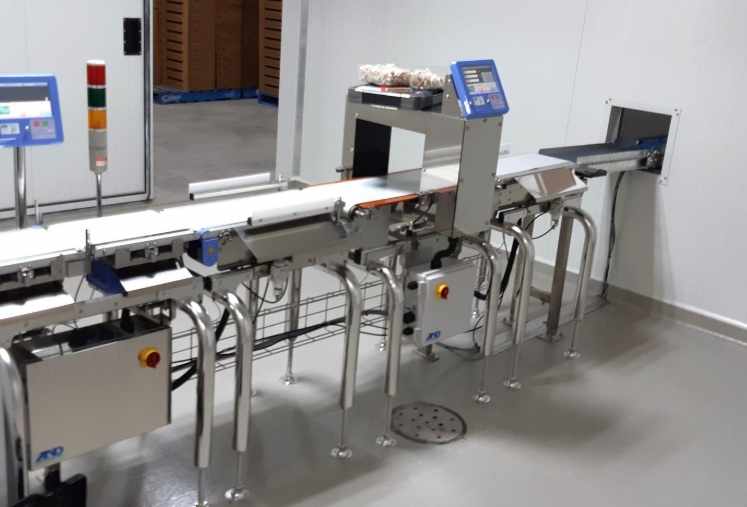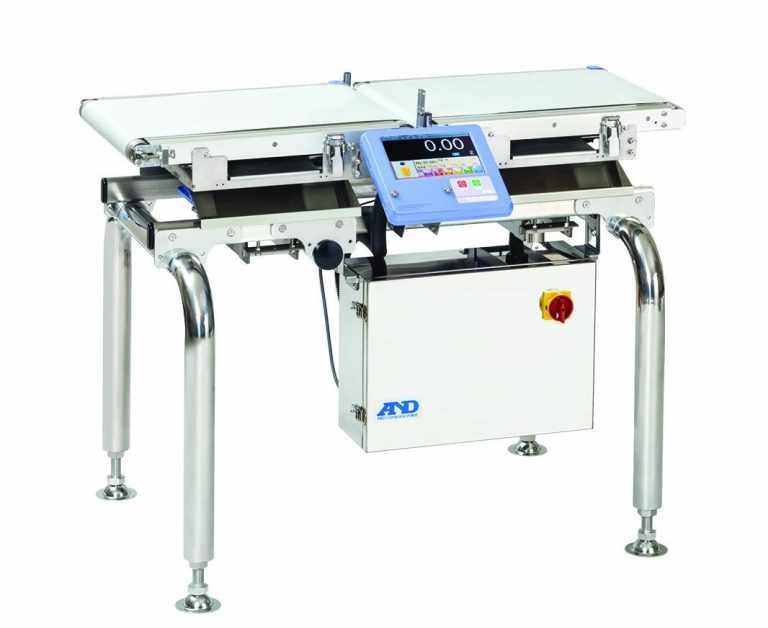In industries where packaging and product weights are tightly regulated, ensuring consistent and accurate net weight is not just good practice—it’s the law. One of the key regulatory frameworks for packaged goods, particularly in Europe and countries that follow similar standards, is the e-mark or e-weight compliance system. This system ensures that consumers get what they pay for and that manufacturers maintain integrity in their production processes.
To comply with e-weight regulations, manufacturers must implement precise weighing equipment and intelligent software solutions that help monitor, record, and control fill weights. In this article, we’ll explore what e-weight compliance involves, the types of weighing equipment best suited for this purpose, and how integrated software plays a crucial role in streamlining the process.
What Is E-Weight Compliance?
E-weight, often represented by the "℮" mark on pre-packaged goods, is a declaration by the manufacturer that the average quantity of product in a batch of packages meets the legal requirements for accuracy. These requirements are based on average weight system (AWS) principles, which typically include:
The average content of the batch must not be less than the nominal quantity.
Only a small percentage of packages may be under-filled within a specified tolerable negative error (TNE).
No package may be grossly under-filled beyond the allowable limits.
These standards are set to protect consumers from short-weighted products and to enable fair competition among manufacturers.
Failure to comply can result in:
Product recalls
Fines or penalties
Loss of certification or market access
Reputation damage
Essential Weighing Equipment for E-Weight Compliance
1. Checkweighers
Checkweighers are automated systems used to verify that the weight of individual packaged products falls within acceptable limits. These systems are critical for high-speed production lines and offer features like:
Dynamic weighing as products move along conveyors
Automatic rejection of under- or overweight packages
Statistical data collection for compliance reporting
Modern checkweighers are highly accurate and can handle a wide range of product sizes and speeds. They also support feedback control to adjust upstream filling systems automatically.
Best suited for: Food and beverage, pharmaceuticals, cosmetics, and any industry with high-volume, uniform packaging.
2. Bench and Platform Scales
For smaller-scale operations or manual packaging lines, bench and platform scales provide the precision needed to ensure each package is compliant before sealing.
Key features include:
High resolution and repeatability
User-friendly interfaces
Integration with printers or labeling systems
While these are slower than automated systems, they are ideal for environments that package artisan, short-run, or variable-weight products.
Best suited for: Specialty foods, small manufacturers, retail packaging, and batch operations.
3. Multi-Head Weighers
These machines are essential in high-speed packaging of granular or small items (like snacks, nuts, or frozen foods). Multi-head weighers combine weights from several weigh heads to get the most accurate combination that matches the target weight.
Benefits include:
Extreme accuracy and speed
Minimized product giveaway
Automated data logging
Best suited for: Snacks, dry goods, frozen foods, confectionery, pet food.
4. Industrial Floor Scales
When dealing with bulk products or large bags, floor scales help ensure that palletized or large-volume containers also meet compliance requirements.
Often equipped with:
Heavy-duty platforms
Wireless or networked displays
Barcode integration
These are useful for compliance checks before distribution or shipment.
Best suited for: Bulk packaging, warehousing, and logistics.
The Role of Software in E-Weight Compliance
While accurate weighing hardware is essential, it's the software that ties the compliance process together. Without proper data management, even the best equipment won’t ensure you meet legal requirements.
Key Software Features to Look For:
1. Real-Time Monitoring and Alerts
The software should monitor weights in real-time and alert operators if a product or batch is approaching non-compliance. This allows for immediate corrective action.
2. Data Logging and Traceability
Automatic recording of every weight, batch, operator action, and rejection helps demonstrate compliance during inspections or audits. Historical data also allows for trend analysis and process improvement.
3. Statistical Quality Control (SQC)
SQC tools help analyze production data to ensure your filling and packaging process stays within e-weight limits. Features may include:
Mean and standard deviation analysis
Control charts
TNE reporting
4. Integration with ERP and MES Systems
Software should integrate easily with enterprise resource planning (ERP) or manufacturing execution systems (MES) to streamline workflows and enhance traceability.
5. Recipe Management and Tare Handling
Modern systems can store multiple product recipes, automate tare weight compensation, and adapt to changing package types without manual recalibration.
Benefits of E-Weight Compliant Systems
1. Legal Compliance and Certification
Avoid fines, pass audits with confidence, and gain certifications such as ISO 9001 or HACCP.
2. Product Consistency and Brand Trust
Consumers value consistent product weight and volume. E-weight compliance reassures them they’re getting what they pay for.
3. Operational Efficiency
With automated alerts and real-time monitoring, production issues are resolved faster, reducing downtime and rework.
4. Reduced Giveaway
Precision weighing reduces overfilling, saving raw materials and improving profitability.
5. Improved Quality Control
Centralized data and statistical analysis give manufacturers the insight needed to continuously optimize production.
Choosing the Right Partner for E-Weight Solutions
When selecting weighing equipment and software for e-weight compliance, consider the following:
Accuracy and speed of the system
Ease of calibration and maintenance
Compatibility with existing production lines
Scalability for future growth
Compliance with local and international standards
Partnering with an experienced provider ensures not only that the equipment is compliant but also that your team is trained and supported throughout implementation.
Final Thoughts
E-weight compliance is not just about avoiding penalties—it’s about building trust with your customers, ensuring product quality, and maintaining efficient operations. The combination of precision weighing equipment and smart software forms the foundation for compliance and competitive advantage in the packaged goods industry.
By investing in robust solutions, manufacturers can confidently meet regulatory standards while also optimizing production, reducing waste, and enhancing consumer satisfaction.
Whether you're a small-scale artisan or a large industrial producer, e-weight compliance is a critical part of your operational success—and the right tools make all the difference.







Write a comment ...